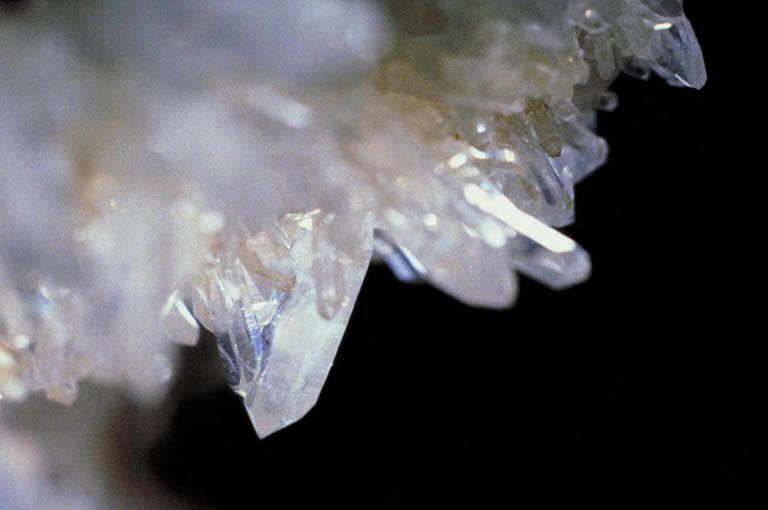| For many centuries, Lisbon, the capital of
Portugal, was regarded as one of the most magnificent cities in
Europe. With its long history, Moorish influences, stunning
location and vast riches from India and Brazil, it was a trading
hub for hundreds of years. But a devastating earthquake in 1755,
followed by fire and a tidal wave, reduced it to ruins and
obscurity.
In recent years, however, Lisbon has begun to return to some
of its former glory. It was the European City of Culture in
1994, hosted Expo 98, and was the major host city for the huge
soccer event, Euro2004. More people are discovering its
fascinating blend of old and new. Even better, it still remains
relatively affordable by European standards. |
 |
| Located on 7 hills beside the Rio
Tejo (River Tagus), Lisbon is best explored on foot, as driving
and parking are difficult, to say the least. Some of the hills
can be taxing to climb, but in most cases a funicular or tram is
available. Much of the appeal of the city is to be found
wandering up and down the streets. Examples of both Moorish and
art nouveau architecture are common, as well as beautiful mosaic
pavements.
One of the highlights of Lisbon is the Castelo de São Jorge,
perched high above the city, and yet quite close by. Originally
built in the 5th century, it has undergone many extensions, and
modifications. It has been used as everything from a royal
residence to a prison. The panoramic views are magnificent.
If your tastes are a little more upbeat, then the area to
visit is Bairro Alto. This area has long had the reputation for
containing the best restaurants and nightclubs in Lisbon.
Alternatively, if you want to go upmarket, then the shopping
district for you is Chiado.
Lisbon also contains a number of excellent museums. The Museu
Calouste Gulbenkian contains what was originally a private
collection of classical and oriental art. The very generous
benefactor left his collection to the people of Portugal, along
with a very generous charitable foundation. It’s very easy to
spend a day strolling around the gallery, even though only about
a quarter of the collection can be displayed at any one time.
Depending on your interests, you can also spend time in the
Museu Nacional de Arte Antiga (National Museum of Ancient Art),
or the Museu Nacional do Azulejo (azulejo are the hand painted
tiles which adorn so many of Portugal’s buildings). If you
prefer something a little more modern, there’s also the Centro
de Arte Moderna (Modern Art Centre).
Eventually, if you reach the point where you’re completely
saturated with art, tiles and gorgeous buildings, you can always
spend some time in the Parque das Nações, or the Nations Park.
It was the site for Expo 98, and now contains gardens, various
family attractions, restaurants and bars. It even contains
Europe’s largest Oceanarium.
Lisbon is the type of city that you can try to sample in a
day, but it takes much longer to truly appreciate all of its
many and varied delights. Allow yourself plenty of time to do
just that, and your visit to Lisbon will remain amongst your
most treasured memories.
|

